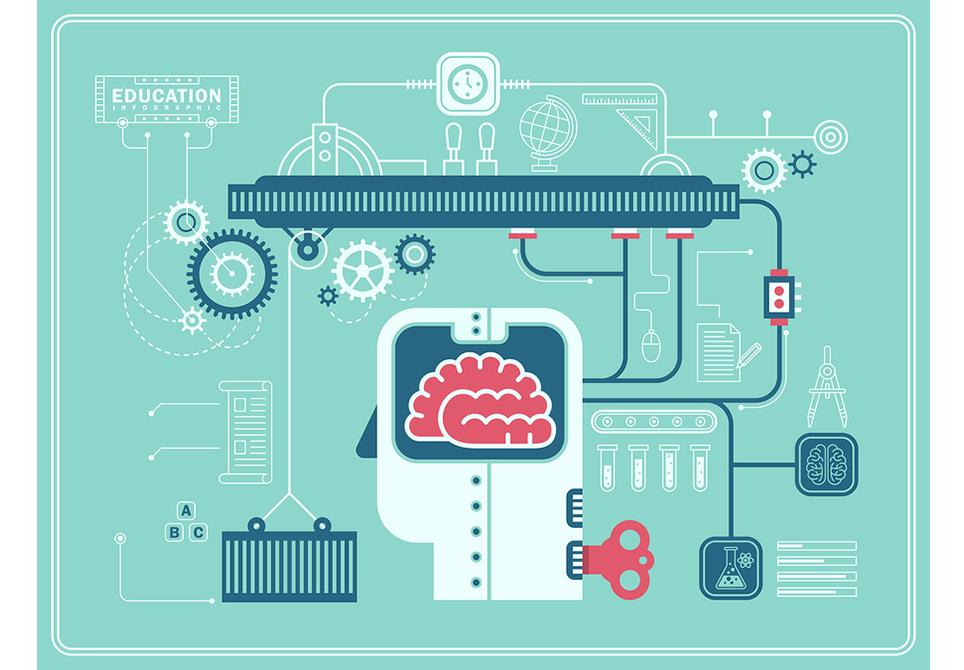Getting Started with Machine Learning
Introduction:

What is Machine Learning? It is basically writing a program which automatically learns its sets of rules from the given data to perform a specific task.
Let’s take an example:
We need to recognize whether a given image is of a cat or a dog. Traditionally, we would have written some set of rules
putting a check on some features(nose, eyes, paws, etc.) and then built our classifier which is, first of all, a tedious
process for each such application and secondly, it may not be that accurate.
How does Machine Learning solve this problem?
We basically expose our training data to some algorithm which automatically learns those sets of rules and since the
learning process is similar to that of the human brain, the accuracy is also quite impressive.
Applications:
Machine Learning has a lot of applications on real-world datasets. Two major such research areas are Natural Language Processing which leads us in the areas of Machine Translation, Question Answering, Text Summarization, Chatbots, etc. and Computer Vision which includes image classification, object detection, Content retrieval, etc.
Learning Methods:
Mainly there are two major ways to learn the set of rules from the data:
1. Supervised Learning
2. Unsupervised Learning
We will talk about some more ways like Semi-supervised learning, Reinforcement Learning, Online Learning, etc, in the coming blogs.
Supervised Learning:
Suppose, you have been provided with data which has some features, say X and some output, say Y. We need our model to learn to predict a Y’ when given a feature X’.
This type of learning is called supervised learning wherein the training data we have features along with their outputs/labels.
Now our method can be utilized for two applications:
-
If the outputs include real-values, the problem can be named as regression where given a set of inputs, we need to find a function which takes those inputs to predict some real-valued outputs. For example, price of a stock given the time and company, expected rent of a house given the location and the year, etc.
-
If the outputs have some discrete values only, then the problem is called classification.
Unsupervised Learning:
Unlike Supervised method, we have a dataset consisting of features set only. So, basically, the problem reduces to getting some insight out of the data and represent it in clusters so that the result can be further used for classification or regression as discussed before.
In the next blog, we will be studying about
K-Nearest Neighbors Algorithm.
Till then, Keep Learning..😊
